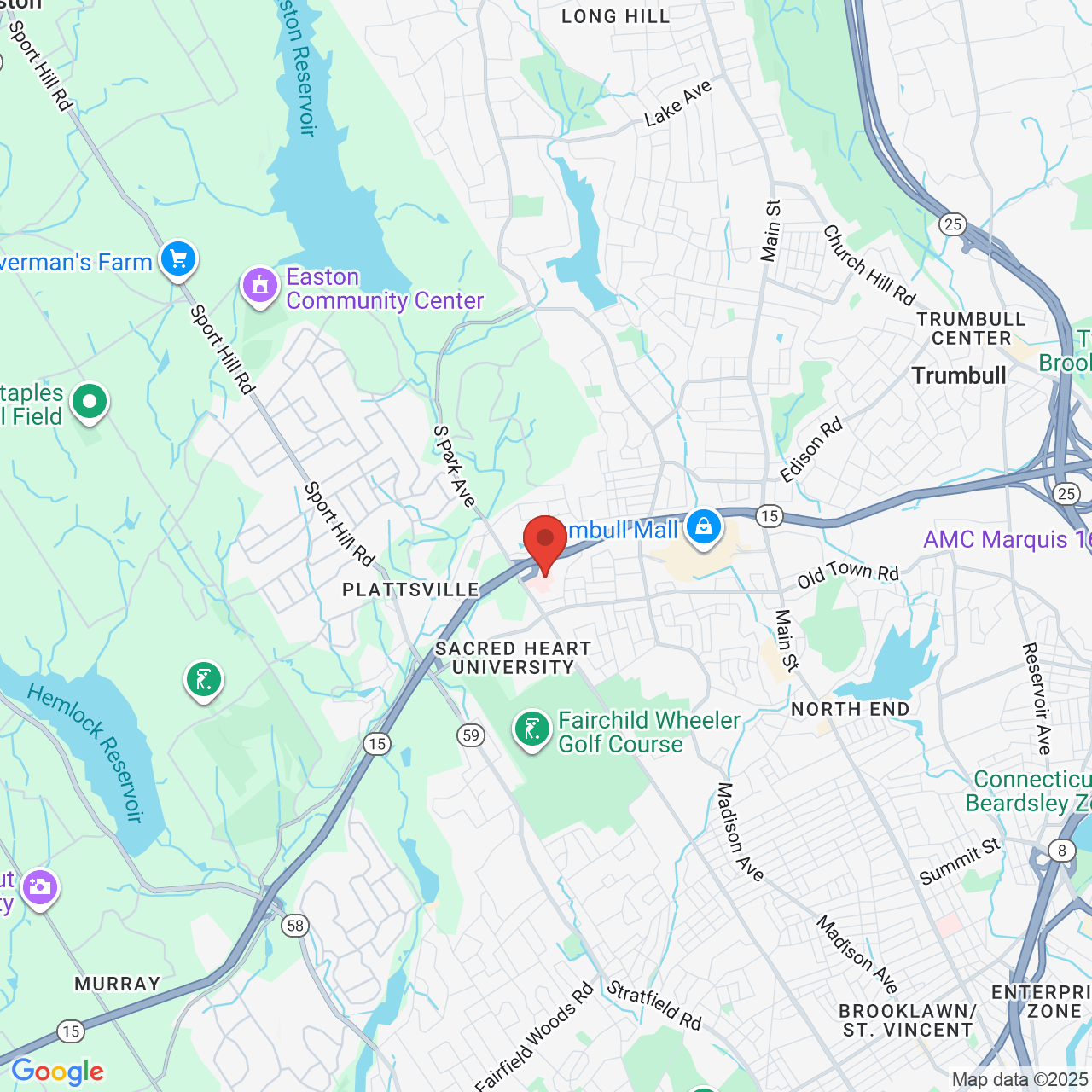Abdominal Hernia Repairs
Large Abdominal Hernias in Connecticut
Large abdominal hernias can be a real problem. They are difficult to fix and the recurrence rate is relatively high. Often, people have difficulty fitting into clothes and difficulties with daily activities due to the size of the hernia. They are also at a risk for the hernia to become incarcerated, which leads to nausea and vomiting, and needs an emergency operation to free the bowel before it dies.
Laparoscopic or Open Hernia Repair?
Large abdominal hernias can be repaired in one of two ways: laparoscopic or open surgery. The laparoscopic surgery is usually reserved for people who have had minimal prior abdominal surgery and have little scarring. It works best for small to medium sized hernias. However, for larger hernias, hernias that are recurrent, or in patients with many scars on their abdomen and multiple previous surgeries, the best and safest hernia repair is an open hernia repair.
How is an Open Hernia Repair Performed?
With an open hernia repair, the defect is fixed in the middle by bringing the muscles and fascia of the abdomen back together in the midline. The repair is reinforced by a synthetic or biologic mesh. It has been shown in many scientific studies that almost all hernia repairs should be reinforced with some kind of mesh to strengthen the healing process and decrease the risk of the hernia recurring.
What is a Component Separation?
During repair of a large abdominal hernia, the key to avoid recurrence of the hernia is to get the patient's own fascia and muscle closed with minimal tension. In order to decrease tension on the hernia repair, a plastic surgical procedure called a “component separation” is performed. by releasing one of three muscles in the abdominal wall. This does not cause weakening of the abdominal wall, but allows large hernias to be closed with less tension. This has been shown in multiple scientific studies to lead to a lower risk of hernia recurrence and better outcomes.
Extra Skin and Fat Removal during Hernia Repair
Often, the old scars from previous abdominal surgeries are widened, raised, and hypertrophic. These old scars can often be removed during the hernia repair. In addition, if there is extra sagging skin of the lower abdomen, this can often be removed during the surgery as well. The lower abdominal hanging skin is called a pannus and it is removed with a procedure called a panniculectomy. A panniculectomy scar is similar to an abdominoplasty (tummy tuck) scar and is usually hidden fairly well.
Actual Patient from Bridgeport Connecticut after Hernia Repair


Is Mesh Safe during Hernia Repair?
There are many different kinds of mesh that can be used for abdominal hernia repairs. There are many safe meshes that have been used on tens of thousands of patients over many years. Of course there have been some meshes that have been recalled over the years, just like many products in medicine and everyday life. Dr. Jandali only uses the safest meshes that have never been recalled. One of the risks of using a synthetic mesh is that adhesions (scarring) can form between the mesh and the bowels. Also, there is a low risk of infection when any synthetic mesh is used, especially when a patient has risk factors for infection like diabetes, immunosuppression, obesity, steroid use, or smoking. New biologic meshes are now available that are made out of porcine (pig) skin. These have been processed and sterilized so that they can be used safely in humans. The biologic porcine meshes have a lower risk of adhesion formation and a lower risk of infection. They are used in patients at higher risk for wound infection or skin breakdown.
Schedule an Appointment
If you are interested in seeing whether you are a candidate for laparoscopic or open hernia repair, schedule a consultation with Board Certified plastic surgeon Dr. Shareef Jandali today. Dr. Jandali teams up with general surgeons at many of the surrounding hospitals to perform the large complex open hernia repairs. Call 203-374-0310 to set up an appointment. We look forward to seeing you!

